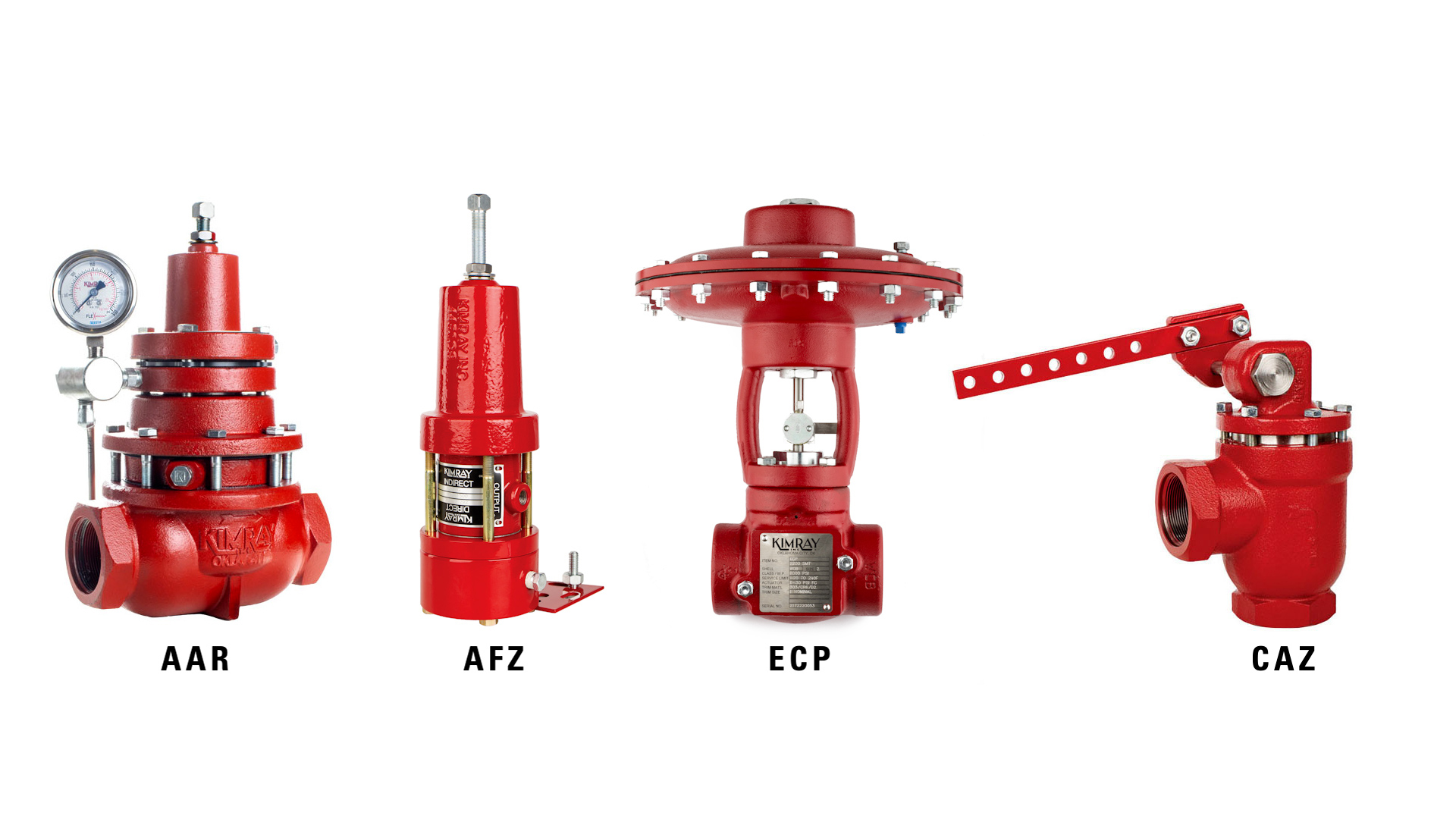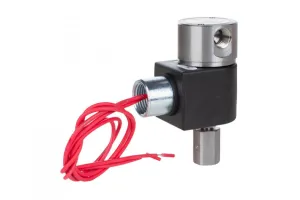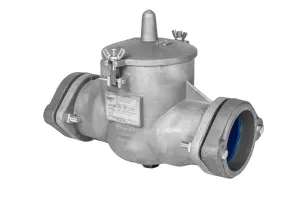A valve tagging system is used to label products so producers can identify what item they are working with.
Sometimes it can be a challenge to know exactly how Kimray products are labeled. For example, is your back pressure regulator always called an AAR? And is that the same as a 230 SGT BP?
Kimray has been serving oil and gas producers for over seventy years. Our valves and control equipment can be found in oilfields all over the globe—some brand new, and some having been in operation for many years.
Over that time, several iterations have been made in our product options, and with these new products came a need for new naming conventions.
In this blog, we're going to explain our valve tagging system so you can accurately identify your Kimray products. Our goal here is for you to be familiar with our products no matter what naming system you may hear in your line of work.
Here are 4 different naming conventions used to identify a Kimray product:
- Order Code
- Description
- Serial Number
- Configuration Code
Download Kimray Products Naming Conventions
Let’s walk through each of these.
1. Order Code

The Order Code is the simplest, shortest code used to identify a product. You may also hear it called a “product code” or “item code.”
You may see this on our website or in a catalog. However, the Order Code is usually not on the tag or product itself.

The Order Code refers to one specific product. For example, when you ask a Kimray store or distributor for an AAR, that indicates a 2" threaded body back pressure regulator with standard trim.
You may be wondering where these letters and numbers come from.
- In most cases, the first letter refers to an organization scheme from an older catalog section for that product. “A” was simply the first section of the catalog.
- The next two letters are typically alphabetically generated and do not have significance.
The Order Code is not always limited to 3 letters. Stainless steel internals, for example, may include “S6” or an electric product may have an “E” added to the end.

The more suffixes added to the code, the more this code looks like a product Description, which we'll explain next.
2. Description

The Description of the valve will be on the tag or body. You may also hear this called "model" or "item number." An example description would be 230 SGT BP.
As opposed to the Order Code, this Description does not refer to a specific product, but can be applied to a wide amount of similar products.
Here’s what the numbers and letters on this Description mean:
230 SGT BP
- Line Size. The first number is the line size. In this example, it means 2”.
- Working Pressure. The second number can usually be multiplied by 10 to get the working pressure of the product. In this example of the 230, this would be 300 PSIG. There are a few exceptions to this rule, like on our weight-operated valves or flanged bodies.
- Connection, Type, Body Style. The next three letters tell us the connection, type and body style. In this example: S=Screwed, G=Non-Bleed Pilot Regulator, T=Through Body.
- Service. The last letters tell what service the product is used for: In this example: Back Pressure.

3. Serial Number

The Serial Number provides the easiest way to identify your exact product. Our online serial number search can pinpoint your equipment to tell us all the information.
When you enter your serial number, you get the order code, order number, date made, and date shipped. The dates are helpful for knowing if it’s a very old product or if there have been any product notices specific to this item. If your serial number does not give any results, you can contact Kimray product applications support and they can track down the product for you.
This naming convention didn’t start until 2003, so if you think your product is older than that, contact our product applications group for assistance.
Here's how Serial Numbers are created:
- Year. The first three numbers stand for the year – 209 means 2009 and 221 would be 2021.
- Day. The following three numbers are the day of that year it was made.
- # Built. And the third set of numbers is the number relative to the total number of products built that day.

4. Configuration Code

The Configuration Code is not on the valve. It’s simply how you build a valve to order. This is the newest naming convention for Kimray and began in 2020 to better align with industry standards and improve customer experience.
The code builder charts are included in the front pages of each catalog section and allow for the most precise naming of a product to include all the needed information in one strand of letters and numbers.
In our AAR example, the standard configuration would generate the code RBP2SADF1S, meaning:
- Pressure Regulator Series
- Back Pressure Model
- 2” line size
- FNPT end connection (SA)
- Ductile Iron Shell Material
- Full Port inner valve size
- 10-300 psig control range operating
- Standard service type
For all the information you need about using and creating Configuration Codes, watch our other video specific to that topic.
Download Kimray Products Naming Conventions
If you ever encounter a missing or illegible tag, just take a few photos of the product and contact product applications. For any other questions about naming configurations, contact your local Kimray store or authorized distributor.








































